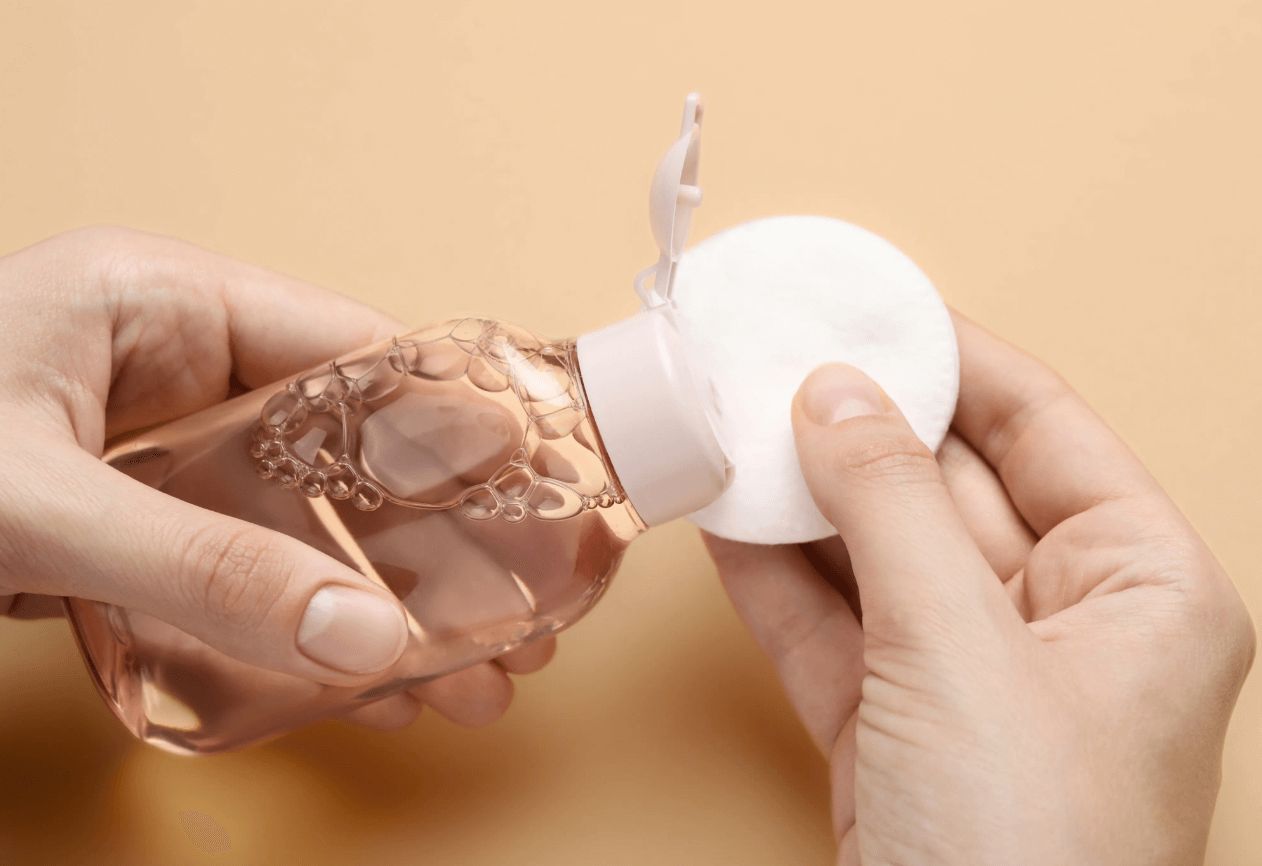- Thriving Guide
- Posts
- Toner or Astringent? Your Guide to Healthier Skin
Toner or Astringent? Your Guide to Healthier Skin
Choosing the right product depends on your skin type not the label.

When it comes to skincare, toner and astringent often get lumped into the same category. They both promise to cleanse, balance, and prep your skin post-wash but that doesn’t mean they’re interchangeable. In fact, understanding the key differences between them could help you avoid irritation, dryness, or breakouts, especially if you have sensitive or acne-prone skin.
So how do you know which one is right for your routine? It all comes down to your skin type and specific concerns.
What Is Toner?
Toner is a water-based skincare product designed to remove leftover makeup and cleanser residue, gently refresh the skin, and provide added hydration. Unlike traditional toners of the past, today’s formulas often include:
Humectants like glycerin and hyaluronic acid, which draw moisture into the skin
Botanical extracts and floral waters for soothing benefits
Antioxidants and ingredients like niacinamide to brighten and even out tone
Toners are especially helpful for dry, normal, or sensitive skin types, offering hydration without stripping the skin.
What Is Astringent?
Astringents are also water-based, but they take cleansing a step further by removing excess oil and tightening the skin. They’re typically formulated with:
Alcohols like denatured alcohol or SD alcohol (though not all astringents contain alcohol)
Exfoliants such as salicylic acid, glycolic acid, or lactic acid to unclog pores
Oil-controlling ingredients for a matte finish
This makes astringents ideal for oily and acne-prone skin, especially when used in moderation.
Key Differences at a Glance
Feature | Toner | Astringent |
|---|---|---|
Primary Function | Hydration + light cleansing | Oil removal + pore cleansing |
Typical Ingredients | Humectants, botanicals | Alcohols, acids, oil-absorbers |
Best for Skin Types | Dry, normal, sensitive | Oily, acne-prone |
Potential Side Effects | Rare irritation | Dryness, irritation, redness |
Do You Need a Toner or Astringent?
Here’s the truth neither is strictly necessary in a basic skincare routine. The “cleanse-tone-moisturize” mantra is more tradition than science. Modern cleansers do a great job without leaving the residue that toners and astringents were originally designed to remove.
That said, many people enjoy the refreshing feel of a toner or the mattifying effect of an astringent just be sure the product fits your skin’s current needs.
Choosing the Right Product for Your Skin
Instead of focusing on labels, focus on ingredients. Here’s what to look for based on your skin type:
Dry or Sensitive Skin
Stick with alcohol-free toners that contain:
Glycerin
Aloe vera
Hyaluronic acid
Sodium PCA
Avoid:
Alcohol
Fragrance
Menthol
Harsh exfoliants
Oily or Acne-Prone Skin
Choose gentle astringents with:
Salicylic acid
Witch hazel
Niacinamide
Avoid high-alcohol products which can over-dry and trigger rebound oil production.
If you're already using acne medications like benzoyl peroxide or retinoids, a toner may be better tolerated than an astringent.
Combination Skin
Use toner on dry areas and astringent on oily zones (like the T-zone)
Alternate products depending on how your skin behaves in different seasons
Can You Use Both?
Yes, but only if you have oily skin and your skin tolerates both well. Try:
Using astringent in the morning for oil control
Using toner at night for hydration and calming
You can also layer them by applying astringent first, letting it dry, then spritzing toner on top.
Toners, Astringents, and Pore Size
Let’s clear up a myth pores don’t open and close. Astringents may temporarily tighten the skin, making pores appear smaller, but they don’t physically shrink them.
To make pores less noticeable, look for ingredients that unclog and exfoliate, like:
Salicylic acid
Glycolic acid
Lactic acid
Bottom Line: Listen to Your Skin
If your product leaves your skin tight, red, itchy, or flaky, it’s too harsh.
If your skin feels refreshed and comfortable, you’re on the right track.
When in doubt, less is more especially if your skin is prone to irritation.
Ultimately, choose the product that complements your existing routine and your skin’s needs at any given time. And remember, cleanser, moisturizer, and sunscreen are the true must-haves in any healthy skincare regimen.
If this guide helped you feel more confident in your beauty choices, share it with a friend or subscribe to our newsletter for more thoughtful tips.